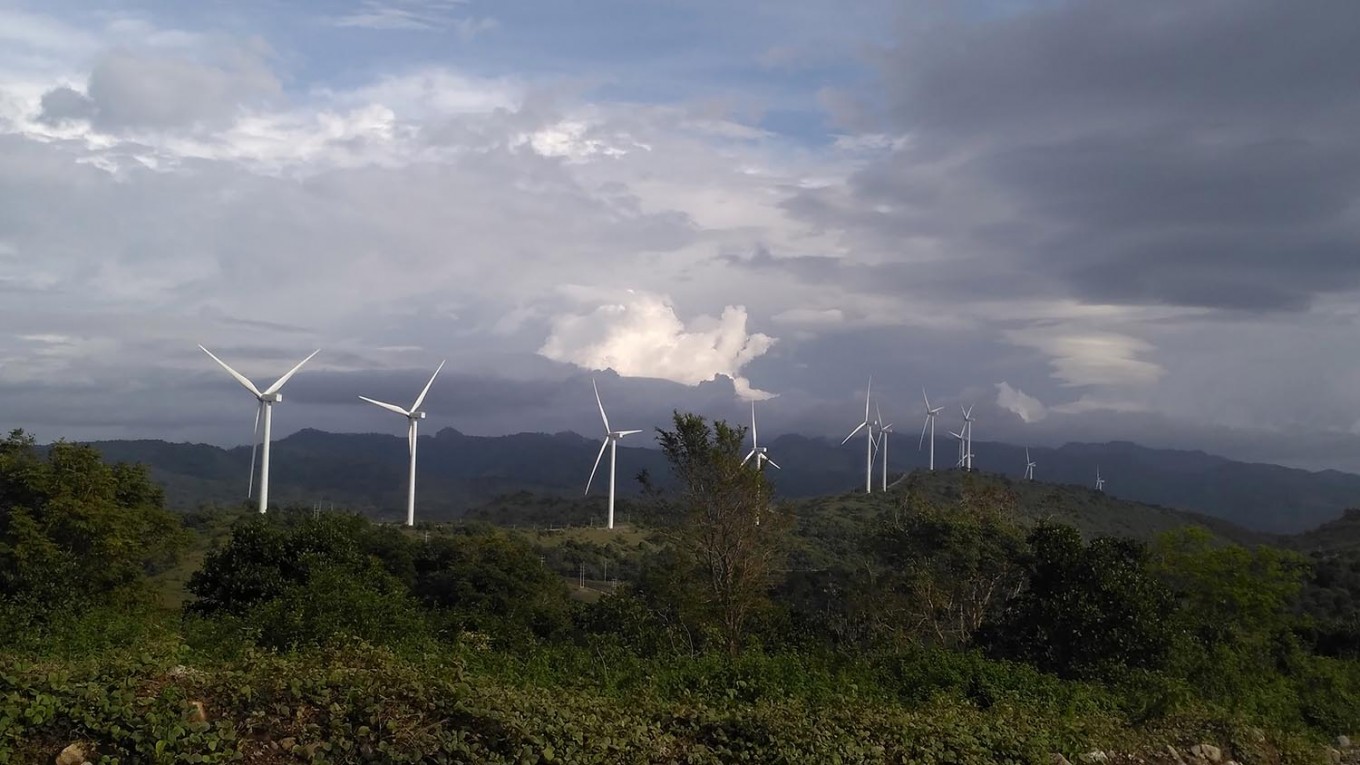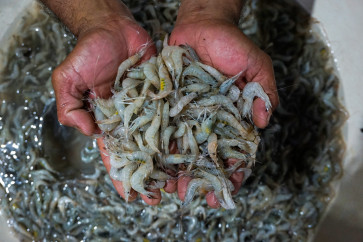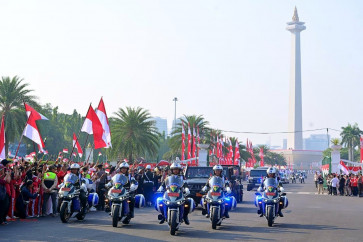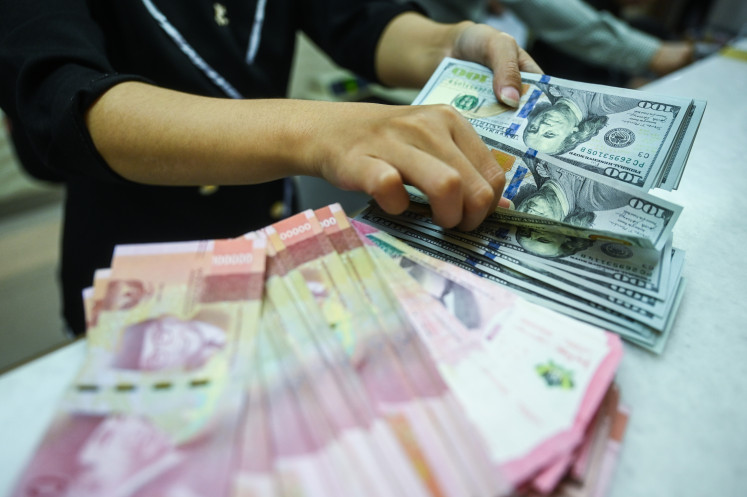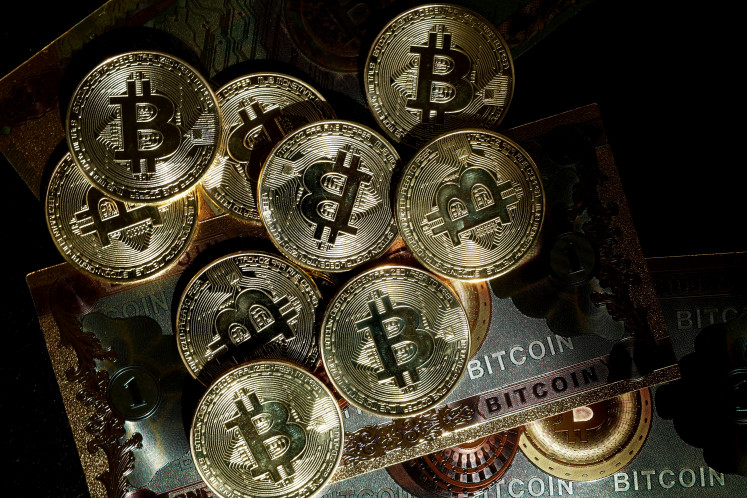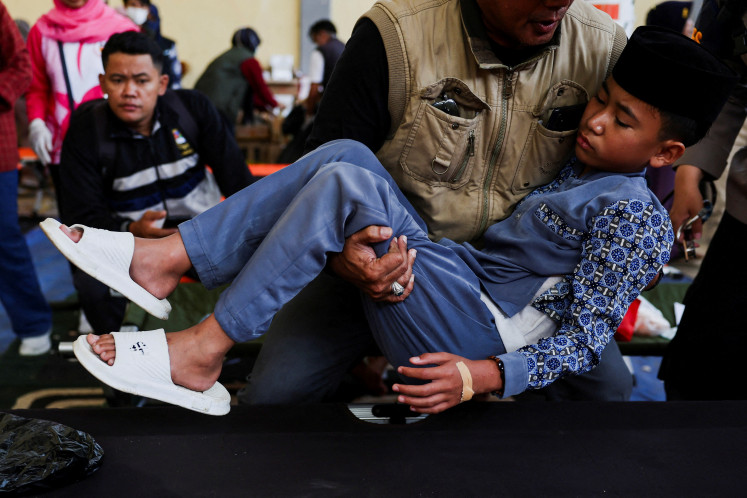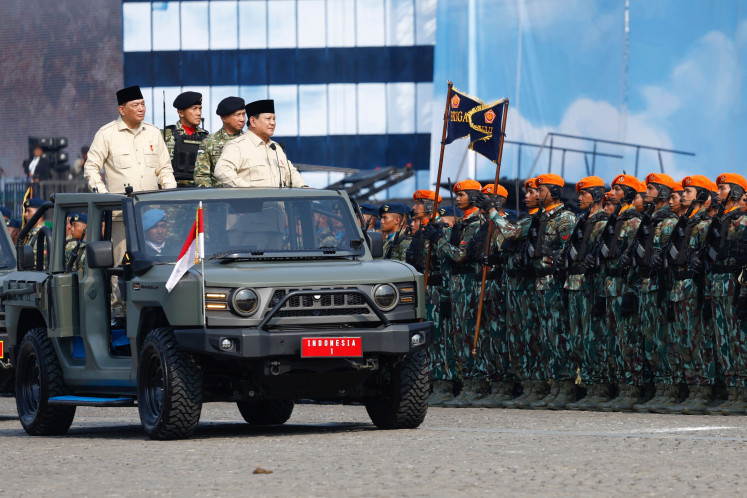Popular Reads
Top Results
Can't find what you're looking for?
View all search resultsPopular Reads
Top Results
Can't find what you're looking for?
View all search resultsDenmark and Indonesia celebrates energy-brotherhood
But green energy transition also contain a massive potential for economic recovery, job creation and attracting foreign direct investments in Indonesia.
Change text size
Gift Premium Articles
to Anyone
O
ur two nations, Denmark and Indonesia, at first view have significant differences, as Indonesia is a tropical country with around 270 million inhabitants, while Denmark is a small country with only a little more than 5 million people and a temperate climate.
When it comes to energy the challenges are also different. In Denmark we need energy to keep our houses warm eight months a year. In Indonesia people need energy to keep houses and offices cool all year long.
But there are also important similarities. Both nations are dominated by islands. More than 95 percent of our border are coastal. And both nations being in the absolute world top in badminton. Many major international badminton competitions have – in an always friendly atmosphere – been fought with Denmark and Indonesia as last standing nations.
And both countries are blessed with many different energy resources – although I must admit that Indonesia is actually a little more blessed than Denmark, as Indonesia basically have all renewable energy sources available.
Whether the differences or the similarities are most is not the important part; the main point is the vast potential in sharing our approaches and knowledge to help each other succeed in on own ambitions. Indonesia have been clear on the ambition to reach 23 percent. renewable energy in its energy mix by 2025. This is ambitious, but not unrealistic.
This target has not become easier to reach after the COVID pandemic hit, but no less important. Financing is scarcer, so the need for international financing is increasing. Good news is that green financing is available, as international organizations gradually move away from financing coal and fossil power production to focus more on renewable energy sources.
Socially, the cost of energy has also become even more sensitive as many people, especially those in the lower income areas and working in the informal sectors, have been hit hard by the pandemic. Also here there are good news: renewable energy is becoming cheaper at a fast pace.
Today, the cost per kilowatt hour of many renewable sources outmatch the old fashioned power sources, including coal. This means we can lower the price for energy tomorrow if we invest smart to day, and also adjust the power system accordingly to integrate the new and cheaper technologies.
Nobody knows the exact way for a complete green energy transition as it has not been seen yet in the history of mankind. But we can cooperate and exchange knowledge about the green energy transition until now.
Denmark just passed 50 percent. variable renewable energy (wind and solar) in the power mix last year, so we have some experience in integrating high shares of renewable energy, while keeping prices low and maintaining security-of-supply. So some lessons can be learned from this partly transition. And we will reach 100 percent. renewable electricity supply before 2030 and look forward to share experiences along the journey.
Two key facts are important to highlight: It is possible to decouple economic growth from a growth in CO2 emissions. In the Danish case, we have enjoyed a 60 percent economic growth since 1990, while decreasing emissions by 40 percent.
In our expanded government-to-government cooperation on energy between Denmark and Indonesia we will focus on improving energy efficiency, improving energy modelling and planning as well as integrating an increasing amount of renewable energy in the systems.
The target is that Indonesia also can reach her own targets to increase shares of renewable energy as effectively as possible and enjoy the benefits of declining prices on green energy worldwide.
We all need energy for cooking, transport, light, keeping cold or warm, etc. Energy is therefore a major driver for economic growth. Access to energy is a driver for reducing poverty and inequality. But providing energy is also a major source of pollution and a threat related to climate change. But green energy transition also contain a massive potential for economic recovery, job creation and attracting foreign direct investments in Indonesia.
So the timing for taking the opportunity and commit to a green energy transition in Indonesia is excellent. It may require large reforms of energy subsidies, which again relates to social constraints. But it is also a too risky to just continue business-as-usual powering the economic growth with fossil fuels in a time, where the whole world is going in the green direction. Therefore it is more important to discuss how a green energy transition can be made fair and just; leaving no one behind, as it is stated in UN’s sustainable development goals.
We look forward to be a part of the energy transition in Indonesia through the cooperation in our “energy-brotherhood”. And in this historical year for diplomatic relations our two governments we are proud our governments have just agreed to upscale the energy cooperation significantly in the period 2020-2025.
***
The writer is Danish ambassador to Indonesia.

